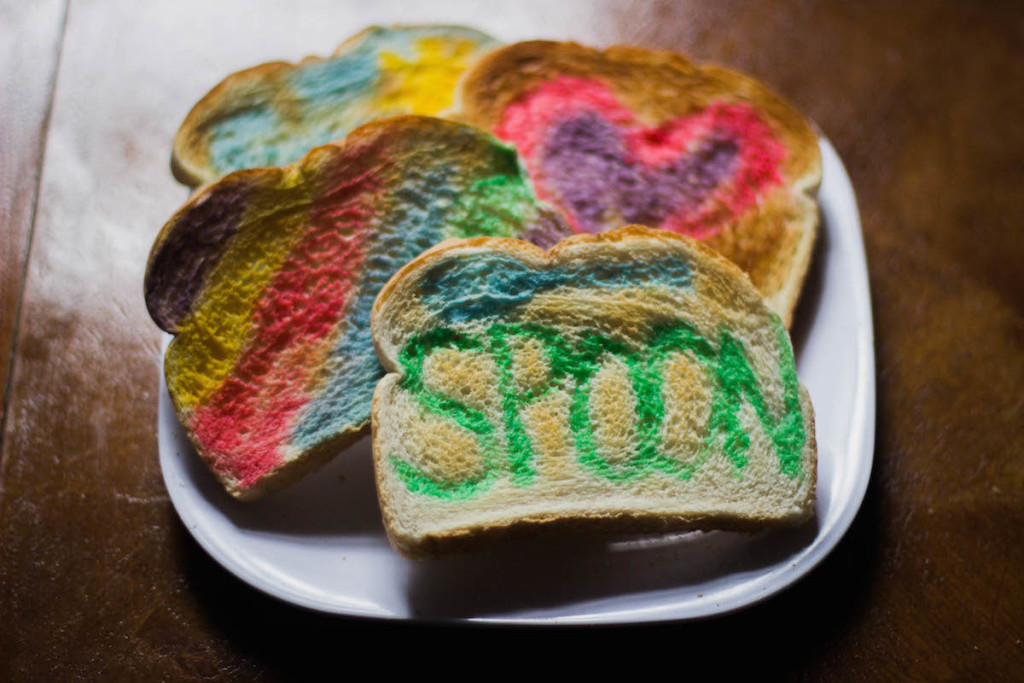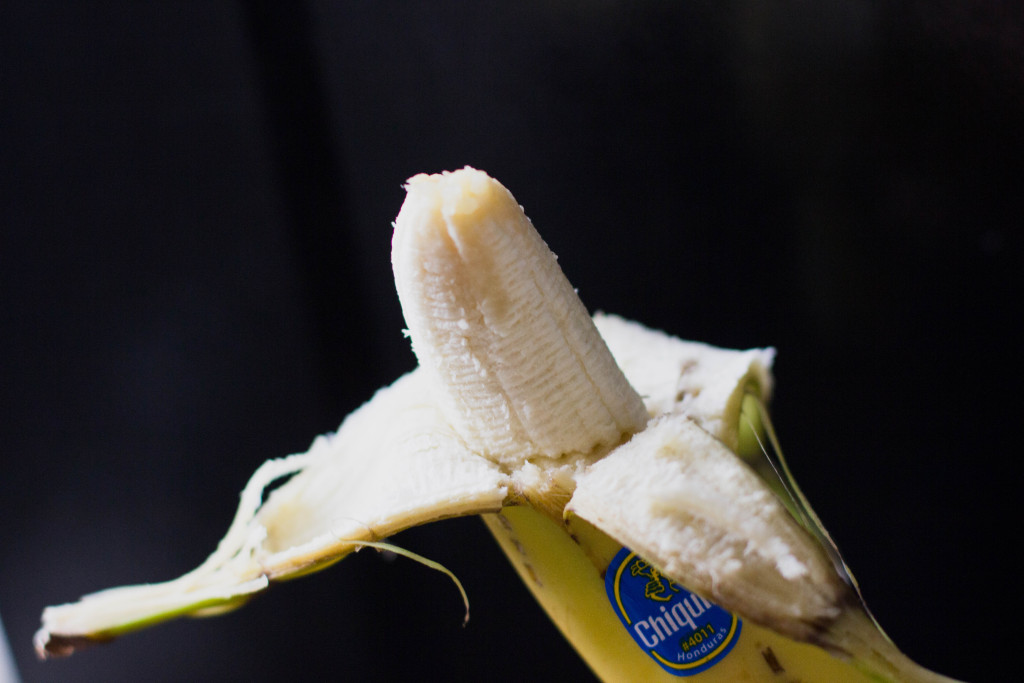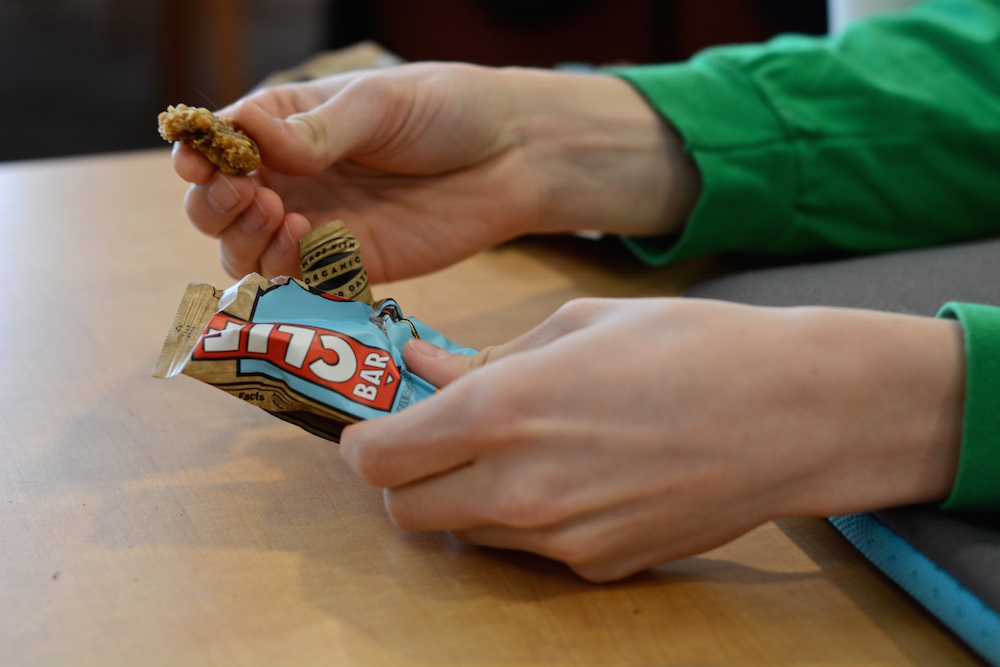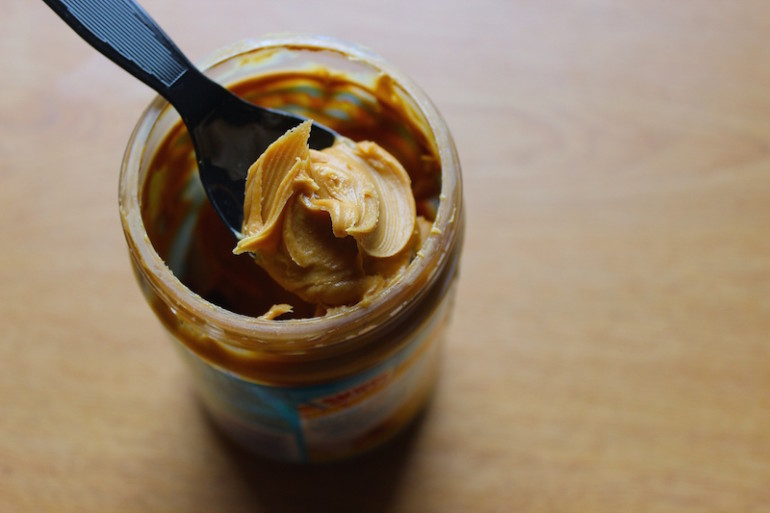Let’s face it — we’re broke. If you’re not, you’re lucky. Otherwise, you understand the struggle that is grocery shopping and the sound of your wallet crying at every beep of the scanner.

Gif courtesy of giphy.com
“WHY does food have to cost so much?” you ask yourself as you stare at a wall of bread and reach for the cheapest loaf you can find. What if I told you that a loaf of white bread (30¢ cheaper than whole wheat, on average), is actually less cost-effective?
If you’d like to spend the least amount of money possible without starving to death, I gotchu. Here’s a list of typical grocery items, broken down by how many calories you get per dollar spent.
1. Milk

Photo by Stephanie Lee
Skim: 500 calories per $1
2%: 700 calories per $1
That’s right, folks. Although 2% milk might be a few cents extra, it’s totally worth it in the end since you’re getting about 200 more calories for every dollar you spend.
2. Bread

Photo by Abigail Wang
Italian White: 745 calories per $1
Whole Wheat: 800 calories per $1
Once again, the seemingly more expensive option is actually a better bang for your buck. As an added plus, whole wheat bread has way more nutrients then white bread. So you’re saving money and helping your body? Yes, yes you are.
3. Oreos (bc they’re a necessity)

Photo by Sool Lee
Regular Stuffed: 642 calories per $1
Double Stuffed: 702 calories per $1
Yet another reason to get double stuffed. At my local grocery store, these two options were the same exact prices. If you ask me, this is an easy call to make whether you’re trying to watch that budget or not.
4. Vegetables

Photo by Sean Koetting
Canned Green Beans: 142 calories per $1
Sweet Potatoes: 166 calories per $1
Whoever said “eat your greens,” clearly was never a broke college student. That’s why you have me. I’m here to say: let them eat their potatoes.
5. Fruit

Photo by Abigail Wang
Strawberries: 50 calories per $1
Bananas: 642 calories per $1
This comparison was done in the summer, when strawberries are in season, and still they were way less cost-efficient than the classic banana. No other fruit compares to the budget-friendly banana. Yes, I know, this sh- is bananas.
6. Meat

Photo by Boris Mann via flickr.com
Chicken (boneless, skinless, breast): 158 calories per $1
Ground Beef: 375 calories per $1
As a chicken aficionado, this one hurts a little bit to see, but the numbers don’t lie. If the news surrounding red meat swarms your head ever time you chow into a burger, let those nervous thoughts clear with the idea that you’re saving money, bite by bite.
7. Energy Bars

Photo by Emily Waples
CLIF: 240 calories per $1
Luna: 190 calories per $1
Quest: 64 calories per $1
People seem to be all about the energy bars these days, so I felt like I had to include them in my research. Turns out the number one energy bar in America (CLIF) reigns supreme even when it comes to being sweet on your budget.
8. Cereal

Photo by Nancy Chen
Kashi GoLean: 328 calories per $1
Cinnamon Toast Crunch: 478 calories per $1
Oats: 979 calories per $1
Not only are oats cheaper than any other morning carbs in a bowl, they’re also better for you than processed cereals. They’re chock full of fiber and whole grains, and you can make ’em any way you wanna. Talk about a totally personalized breakfast that’s friendly to your wallet.
9. Peanut Butter

Photo by Grace Lee
1,078 calories per $1
PB is the f*king Khaleesi of cost efficiency (and deliciousness) when it comes to calories per dollar. I think that’s really all that needs to be said about that.

Gif courtesy of giphy.com
There ya have it — all of your typical grocery store buys laid out so that you know just how much bang you’re getting for your buck. If you’re feeling super eager to head to the grocery store to buy the most budget-friendly items based on how much energy you’re actually getting from them, I’ve done some more math for you.
Based on a 2,000 calorie diet, if you go to the grocery store and purchase a regular size jar of peanut butter, a loaf of wheat bread, 2 pounds of bananas (about 7), a package of double stuffed Oreos, 4 CLIF bars, 1 pound of ground beef, 5 sweet potatoes, a gallon of 2% milk, and an 18 ounce container of oats, you will have enough food to last you an entire week, have included all of the food groups (including dessert — holla), and will have spent less than $25.
#SpoonTip: Buy the store brand of everything and buy in bulk (freeze what you don’t eat right away) to save even more money and get even more food for what you spend.
Happy shopping, folks (& you’re welcome). Next time I see you, you’d better be looking like this:

Gif courtesy of giphy.com.


